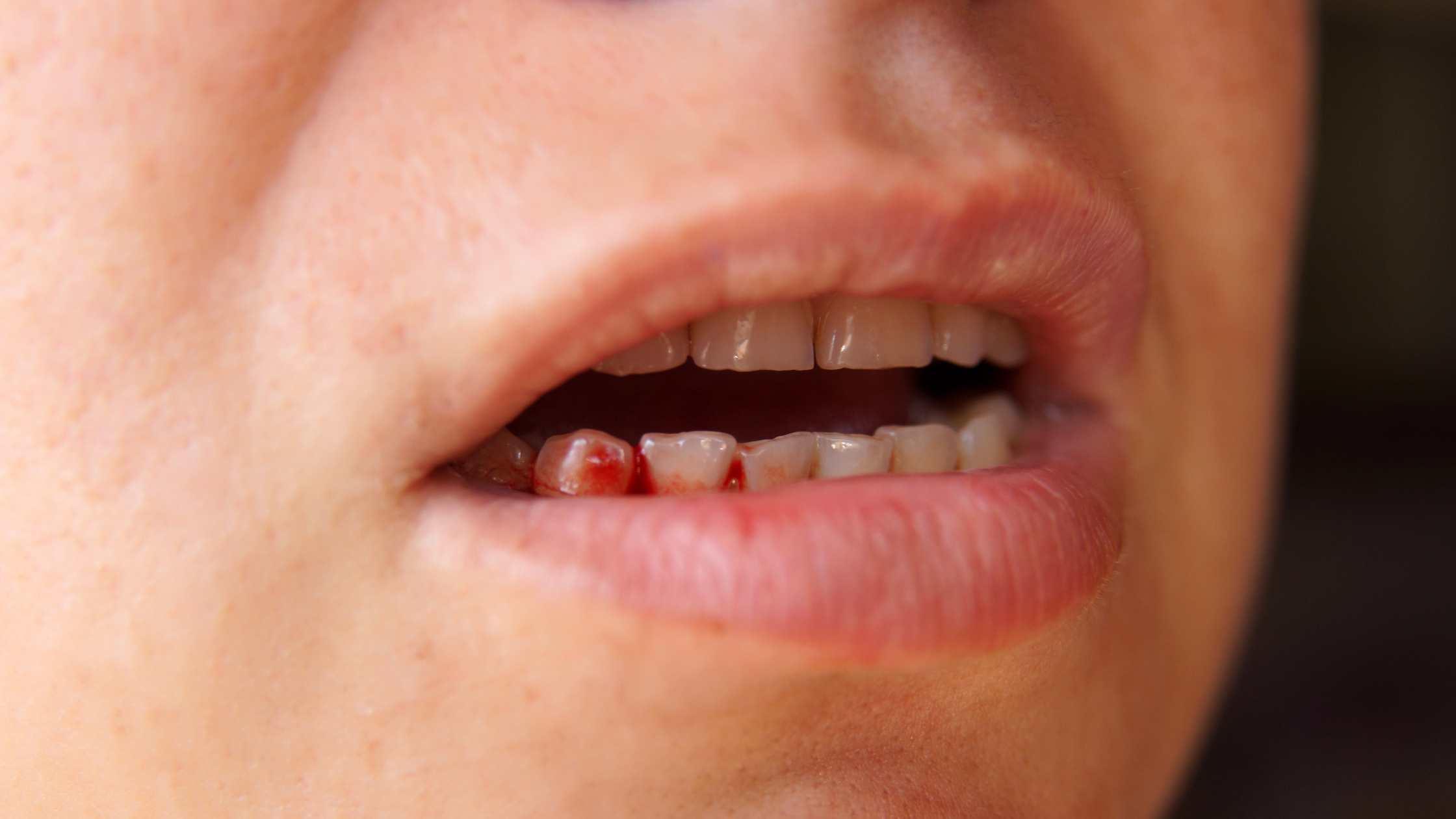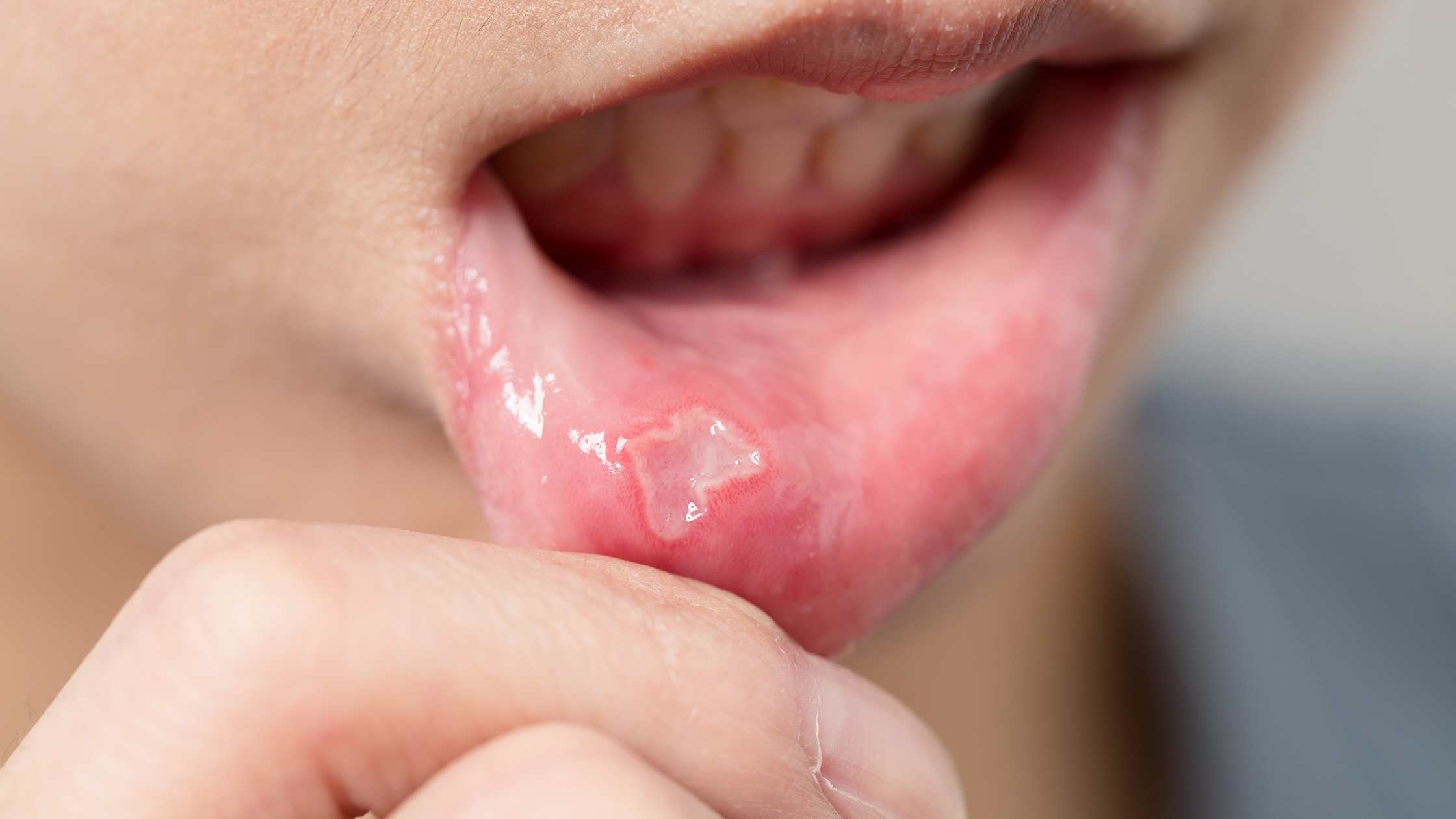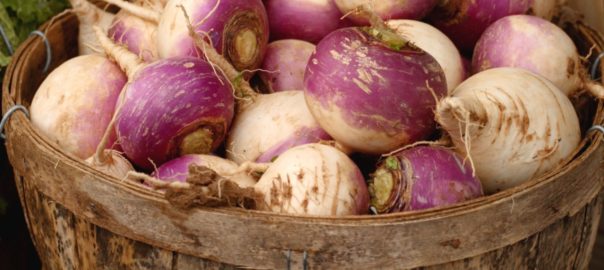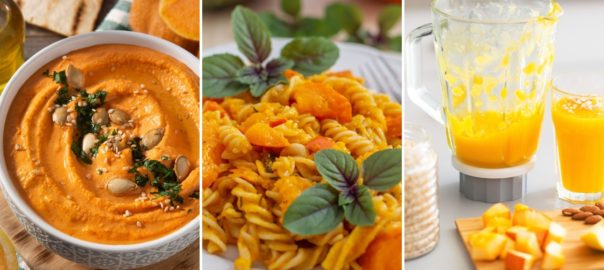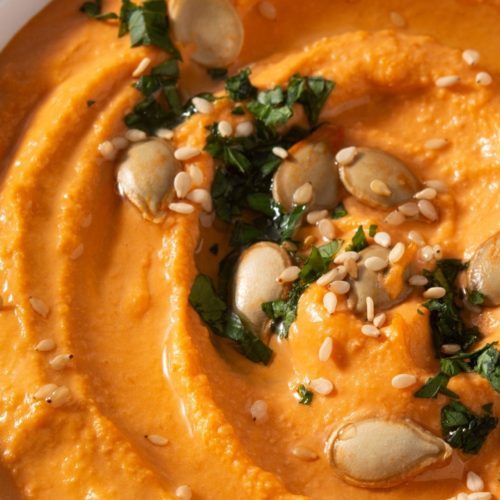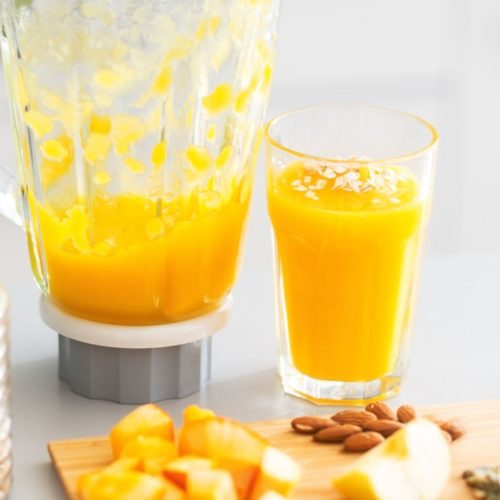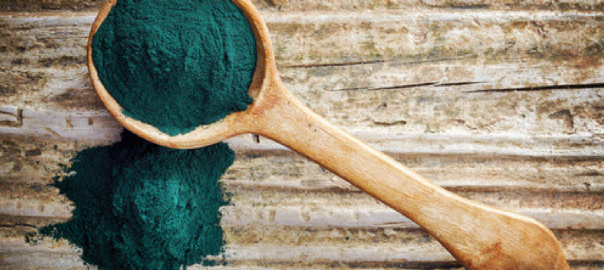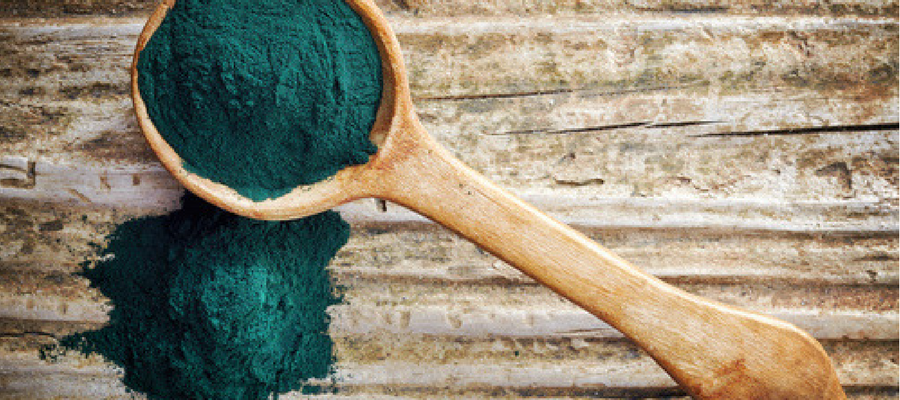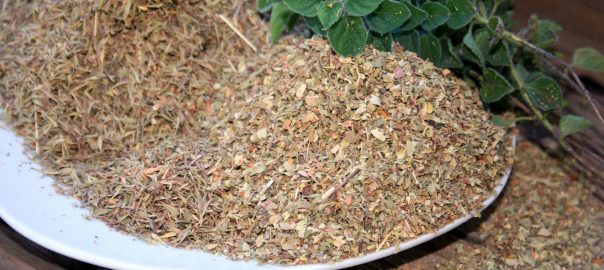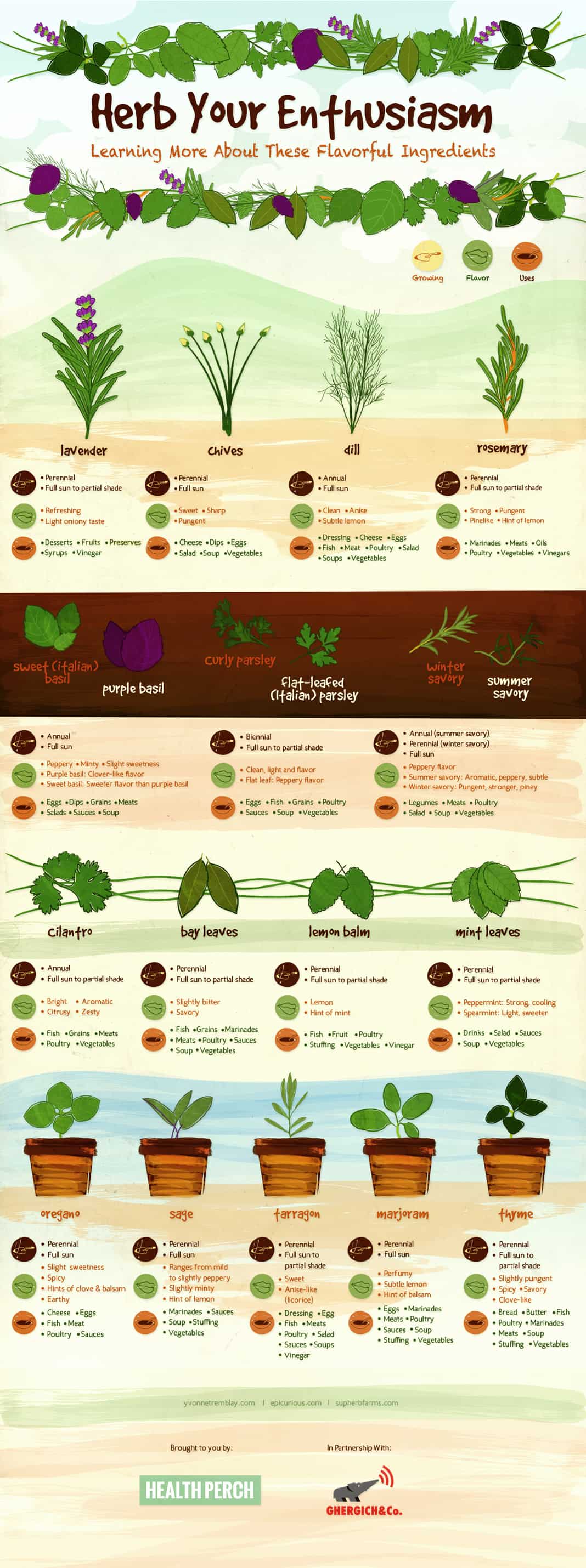If you’ve been suffering with migraines for any length of time, you know that they can be complex to diagnose and treat. Causes vary from patient to patient and headache to headache.
But here’s a cause you may not have considered: magnesium deficiency.
Magnesium Deficiency and Headaches
Studies indicate that magnesium deficiency may be one of the most commonly overlooked migraine triggers. There is also evidence to suggest that magnesium deficiency is even more common in migraine sufferers than non-migraine sufferers.
The exact connection between migraines and magnesium is still being studied, but researchers believe that it may be related to magnesium’s role in regulating serotonin. An increase in serotonin from a lack of magnesium can cause vascular spasms and contraction which reduces the flow of blood and oxygen to the brain. It is believed that constriction of the blood vessels is a leading cause of headache pain.
Because of this, magnesium is also being studied as an effective remedy for migraine sufferers. Several studies have indicated that taking magnesium for migraines can reduce the frequency and severity of migraines when taken as an oral supplement or intravenously. In oral form, it can be effective on its own or as part of a supplement containing other minerals as well.
Fortunately, both oral and topical magnesium supplements are safe, affordable, easy to find, and may reduce both the frequency and severity of migraines.
How Did We All Become Magnesium Feficient?
Magnesium is an essential mineral in the body. It’s the second most prevalent intracellular fluid and is essential in over 300 chemical processes in the body. Magnesium helps promote a healthy heart and blood vessels, regulates energy levels, is critical for bone health, and is a natural blood thinner and vasodilator.
However, it is estimated that nearly 80% of Americans are deficient in magnesium! This is due to several factors including:
- Eating the standard American diet high in processed foods, meat, refined grains, and sugars
- Nutrient-deficient soils
- Overconsumption of alcohol, caffeine, and soda
- Drinking “soft” water that is low in magnesium
- Stress (which increases our demand for magnesium in the body)
- A genetic inability to absorb magnesium
- Use of calcium supplements
- Because of where magnesium is stored in the body, a deficiency does not generally show up on routine blood tests.
If you think you may be at risk for a magnesium deficiency, it’s important that you pay attention to your symptoms. The effects of magnesium deficiency can vary from person to person, but, as you pay more attention to your body, you will begin to recognize your own signs and symptoms.
Some Common Symptoms of Magnesium Deficiency Include: 
- Muscle spasms and cramps
- Changes in mood
- Food cravings (chocolate is a common one that appears to pop up in magnesium deficiency)
- High blood pressure
- Trouble sleeping
- Low energy levels or feeling exhausted quickly
Personally, I know that I’m running on the low side when I start craving chocolate, experiencing twitching and spasms in my muscles, and sleeping poorly. Be on the lookout for your own cues.
Choosing a Magnesium Supplement
There are a few things you need to know before you begin experimenting with magnesium as a treatment for your headaches.
First of all, one of the common side effects of magnesium supplementation is diarrhea and intestinal discomfort. It is recommended that you begin supplementation very slowly to determine what levels you can comfortably tolerate.
Believe it or not, the most commonly recommended way to find the right dosage for yourself is to very slowly increase the amount you use until these side effects occur and then back off. Every body is different and uses a different amount at different times in their life.
Also, magnesium comes in many forms – and not all forms are created equal! Here’s what we recommend:
- Magnesium malate is a mix of magnesium and malic acid. Because of malic acid’s role in the body, research suggests that malic acid can improve ATP production in the cells, thereby increasing energy and reducing pain. It is a favorite amongst people who also suffer from chronic fatigue and appreciate the energy boost. Some people find it overly stimulating, however, and prefer a different form.
- Magnesium glycinate is one of the most bioavailable forms of magnesium. It is also the least likely to cause intestinal problems. If you try malate and experience diarrhea or find it disrupts your sleep, you may want to try this form instead.
- Magnesium threonate has recently been studied to improve memory and brain function. This form optimizes magnesium levels in the brain and is a good option if you are not getting relief from the other forms.
For neck and shoulder tension relief, we suggest avoiding magnesium oxide because it isn’t easily utilized by the body and magnesium citrate because it can stimulate the bowels before you absorb enough.
You should also avoid magnesium glutamate and aspartate. These break down into neurotransmitters that can trigger headaches for many people.
Making a quality magnesium supplement part of your regular routine can help prevent headaches by increasing magnesium levels in the body, which supports overall functioning of the body since magnesium is involved in SO many processes and pathways.
How Much Should I Take?
There is no one-size-fits-all answer to this and you should be wary of specific recommendations for dosages. In the introductory course, Migraine Masterclass, you'll learn more about why magnesium is important to include in your routine and how to find the right amount for your body, right now (it changes over time!!).
For magnesium to be effective, you need to be on the right amount for YOU and we show you how to do this with a series of trials over the course of several days. (Learn about the course here.)
You can also take an extra dose at the earliest sign of a migraine or PMS symptoms if you are prone to menstrual migraines. Taking magnesium along with cofactor B6 and B2 or a bioavailable B-complex can help speed absorption and provide faster relief.
Topical Magnesium
If the oral supplements listed above do not relieve your muscle tension or cramping or an adequate dose causes severe intestinal discomfort, you can also supplement through the skin.
Add 2 cups of Epsom salt (magnesium sulfate) to your bath two to three times a week and see if the frequency or severity of your headaches decreases.
You can also try topical gels, sprays, or oils with magnesium chloride. Here is one of my personal favorites. Follow the directions on the package and experiment with different doses and products to find the one that works best for you.
Talk to Your Doctor Before Starting New Supplements
Magnesium supplementation can be an effective preventative measure as well as a pain reliever when a migraine strikes.
While magnesium overdose is rare, it is a risk, especially for people with reduced kidney function. It is recommended that you start with the lowest dose possible and increase slowly. Talk to your doctor about the best way to add a magnesium supplement to your health regimen and before making any changes to your supplementation programs.
For more strategies on short-circuiting the migraine process, you will absolutely love the step-by-step method you'll learn in The Ultimate Migraine Relief Course.
About the author:
Erin Knight, founder of Engineering Radiance, believes that no one should miss out on life because of migraine headaches. Erin has her Masters in Pharmaceutical Engineering from the University of Michigan and advanced training in functional nutrition and nutrigenomics. She suffered from debilitating migraines for over a decade before uncovering the underlying biochemical causes and went on to reverse engineer what worked.
Disclaimer: This post may contain affiliate links. If you buy something using one of these links you will not pay more, but we receive a small commission which helps us keep writing great content for you.
Sources
Chiu HY, Yeh TH, Huang YC, Chen PY. Effects of Intravenous and Oral Magnesium on Reducing Migraine: A Meta-analysis of Randomized Controlled Trials. Pain Physician. 2016 Jan;19(1):E97-112. PubMed PMID: 26752497.
Delavar Kasmaei H, Amiri M, Negida A, Hajimollarabi S, Mahdavi N. Ketorolac versus Magnesium Sulfate in Migraine Headache Pain Management; a Preliminary Study. Emerg (Tehran). 2017;5(1):e2. Epub 2017 Jan 8. PubMed PMID: 28286809; PubMed Central PMCID: PMC5325888.
Gaul C, Diener HC, Danesch U; Migravent® Study Group. Improvement of migraine symptoms with a proprietary supplement containing riboflavin, magnesium and Q10: a randomized, placebo-controlled, double-blind, multicenter trial. J Headache Pain. 2015;16:516. doi: 10.1186/s10194-015-0516-6. Epub 2015 Apr 3. PubMed PMID: 25916335; PubMed Central PMCID: PMC4393401.
Mauskop A, Varughese J. Why all migraine patients should be treated with magnesium. J Neural Transm (Vienna). 2012 May;119(5):575-9. doi: 10.1007/s00702-012-0790-2. Epub 2012 Mar 18. Review. PubMed PMID: 22426836.


